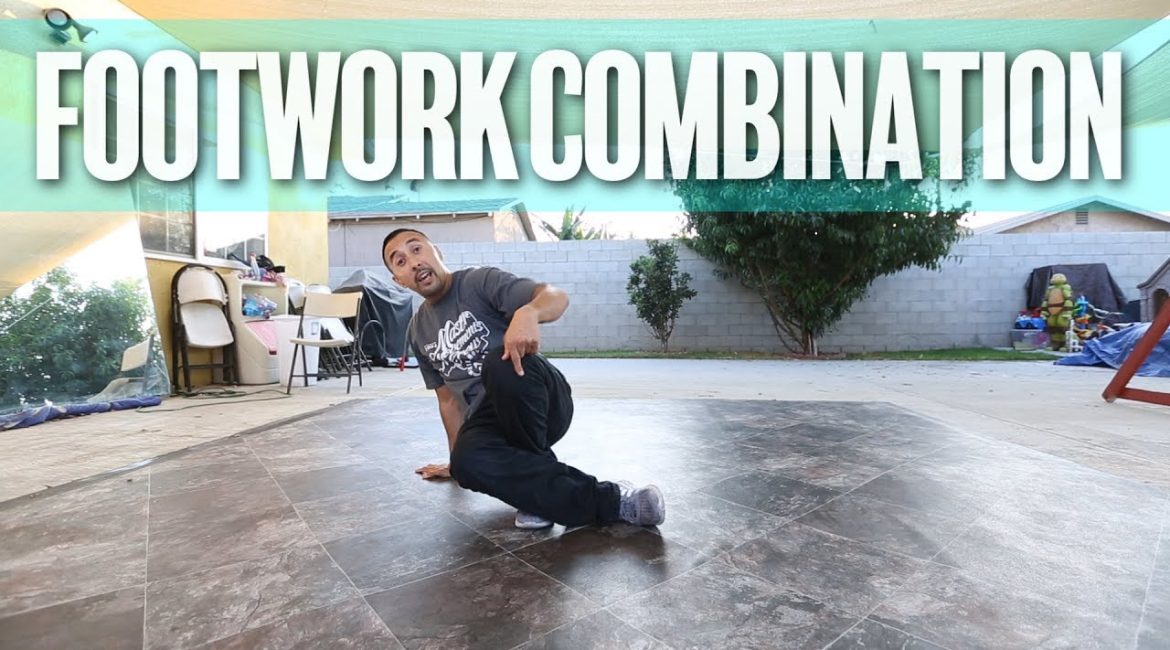Breakdancing, also known as breaking, is more than just dance; it’s an art form that combines rhythm, agility, and expression. For those ready to dive into this vibrant culture, learning the basic footwork combinations is a fundamental step. Today, we delve into a footwork tutorial taught by b-boy Intact from Ukraine, who shares his expertise in a session filmed at San Francisco State. This post will guide you through a basic yet essential footwork combination, highlighting techniques to enhance your performance and embody the essence of breakdancing.
Footwork in breakdancing refers to the complex, rhythmic movements performed primarily with the feet and legs, often while the hands support the body on the ground. It’s essential for demonstrating agility, creativity, and style in the dance.
Understanding the Basics: Kick Out and Twist
Before you attempt any combination, it’s crucial to master the foundational moves. Intact begins with two primary steps:
- Kick Out: This is a dynamic move where you kick your leg out while maintaining balance on the other foot. It’s about control and precision, ensuring that each kick is sharp and clear.
- Twist: Following the kick out, the twist involves pivoting your body while switching the positions of your feet. This move tests your ability to change directions smoothly and quickly, a skill that’s essential in breakdancing.
These basics set the stage for more complex combinations and should be practiced repeatedly to achieve fluidity and confidence.
The Ducote Down: A Unique Addition
A standout move in this tutorial is the “Ducote Down,” originally created by Mr. Wiggles. This involves a knee motion where you drop down slightly and switch legs, adding a level of complexity and style to the routine. Intact emphasizes that understanding and executing this move correctly can significantly enhance the aesthetic appeal of your dance.
Technique Matters: Alignment and Hand Placement
One of the critical aspects highlighted by Intact is the importance of proper body alignment. Keeping your legs and hips aligned not only improves your form but also prevents injuries. Additionally, Intact suggests using your hands strategically to appear lighter and more graceful. These nuances in technique are vital as they affect the overall smoothness and flow of your dance.
Playing with Directions
Changing directions is not just a physical challenge but also an artistic expression. Intact teaches how to weave the kick out, twist, and Ducote down into a sequence that shifts from one direction to another. This skill is crucial for keeping the dance dynamic and engaging.
The Importance of Small Details
What sets a great dancer apart is their attention to detail. Intact advises focusing on the finer points of each move—how you execute the kick, the smoothness of your twist, and your posture during the Ducote down. These elements might seem minor, but they define the clarity and appeal of your performance.
Practice Makes Perfect
To truly master this combination, Intact recommends practicing each component separately at first. Once comfortable, gradually build up to the full sequence, paying attention to your form and technique. He encourages dancers to practice slowly and increase speed only when each move feels natural and well-executed.
Mixing It All Together
Once you are confident in performing the moves individually and in sequence, try mixing them into one fluid combination. Start with the kick out, follow with a twist, integrate the Ducote down, and repeat the sequence in the opposite direction. Mastery of this combination will not only boost your skills but also expand your repertoire in breakdancing.
Conclusion
Learning to breakdance is a journey filled with challenges and discoveries. By focusing on foundational footwork like the combination taught by b-boy Intact, you can develop a solid base for more advanced techniques. Remember, breakdancing is about expression as much as it is about precision. Embrace the culture, pay attention to the details, and most importantly, enjoy the process of learning and growing as a dancer.
Keep practicing, stay dedicated, and let your dance tell your story. Good luck!


Leave a reply